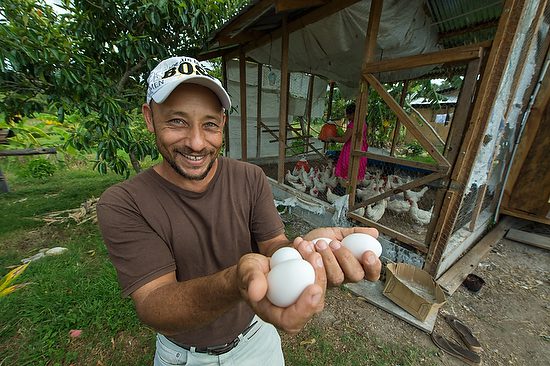Claudio Cesar Aguirre is seen in front of the Chicken Coop that was created with the help of Honduras Outreach. He is president of their community economic development. He is thrilled because now that they have an egg farm, they can now think of adding a bakery. [NIKON D4, 14.0-24.0 mm f/2.8, Mode = Aperture Priority, ISO 160, 1/100, ƒ/8, (35mm = 14)]
Show & Tell
Show and tell (or show and share) is usually the first opportunity young children have to stand up in front of a small group and speak. The chance to do a show and tell might come up in kindergarten or once they start primary school. It is a beautiful introduction to public speaking as children are often given the option of speaking about a topic they know well and are interested in. Talking about something you love always makes you love it even more!
Show and tell is used to develop storytelling ability, bridge school and home, forge connections and bonds between students, help teachers better understand their students, and enhance students’ communication skills, including feelings.
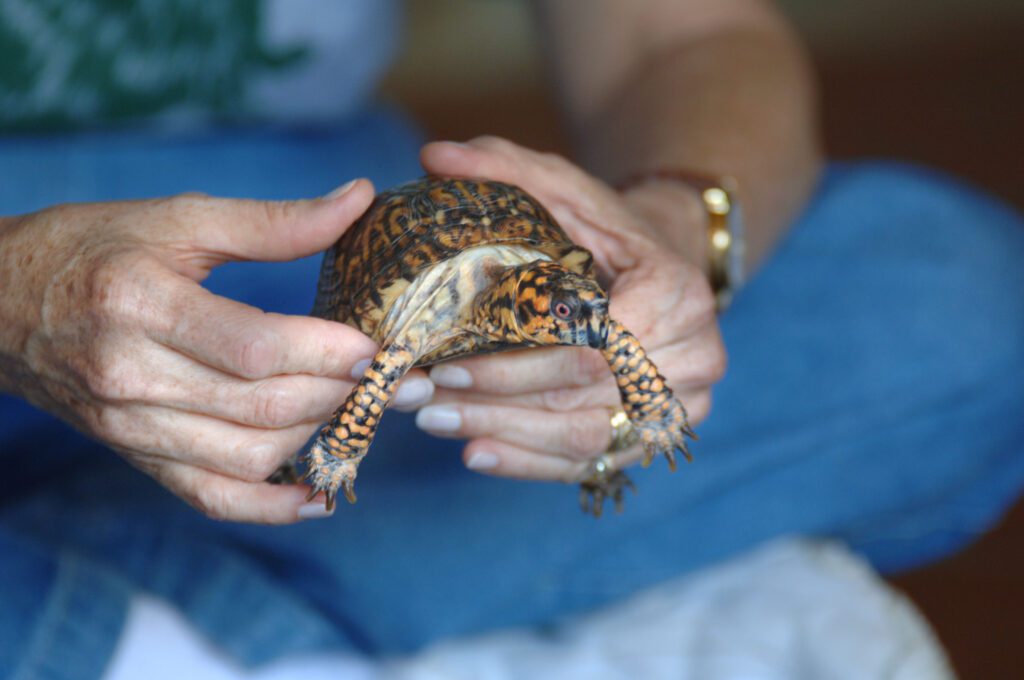
Having your prized possessions as the talking point will emphasize your confidence, and it is always helpful to talk about something you are passionate about!
In Business You Better Be Passionate
Perhaps you’ve heard of a famous book by author Robert Fulghum? It’s called All I Need to Know I Learned in Kindergarten. It revolves around a simple yet powerful philosophy that the most basic lessons we learn as children can still apply to many adult life aspects.
Show & Tell is a cornerstone of all business. In kindergarten, you talked about your favorite item and what it meant to you.
In business, you talk about your product and what it can do for your audience.
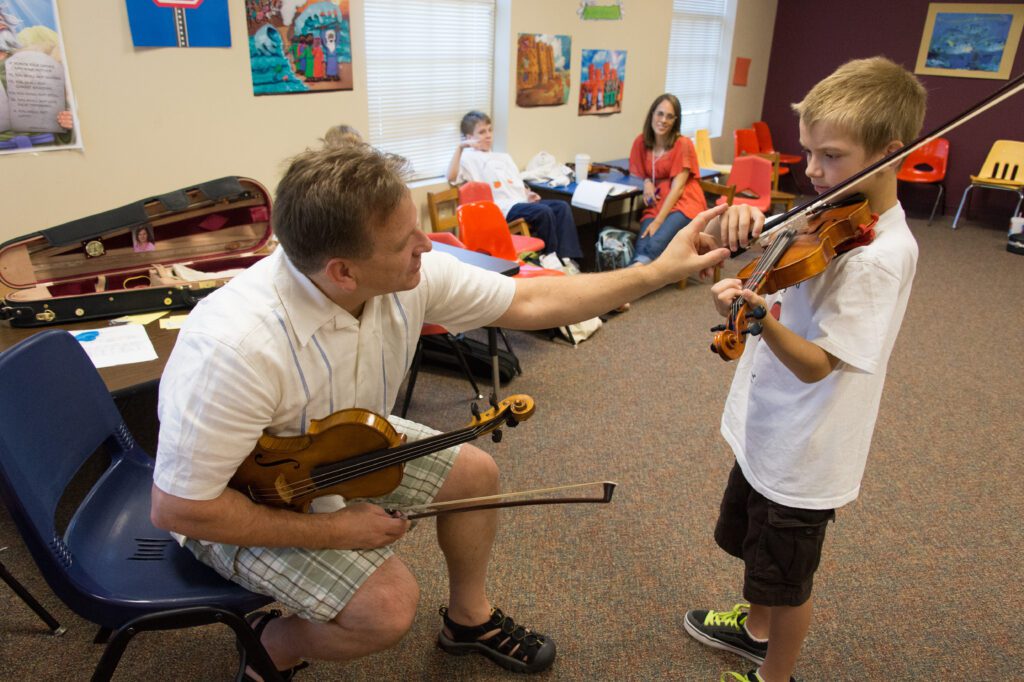
Beyond getting up and presenting your product, this same technique is used to teach. In the beginning, the Suzuki method emphasizes learning music by ear over reading written musical notation. Teachers play and have the students follow. Showing with music also involves hearing.
Show & Tell Also Great For Teaching
As you bring people into your company, you must educate them on your products, procedures, and more.
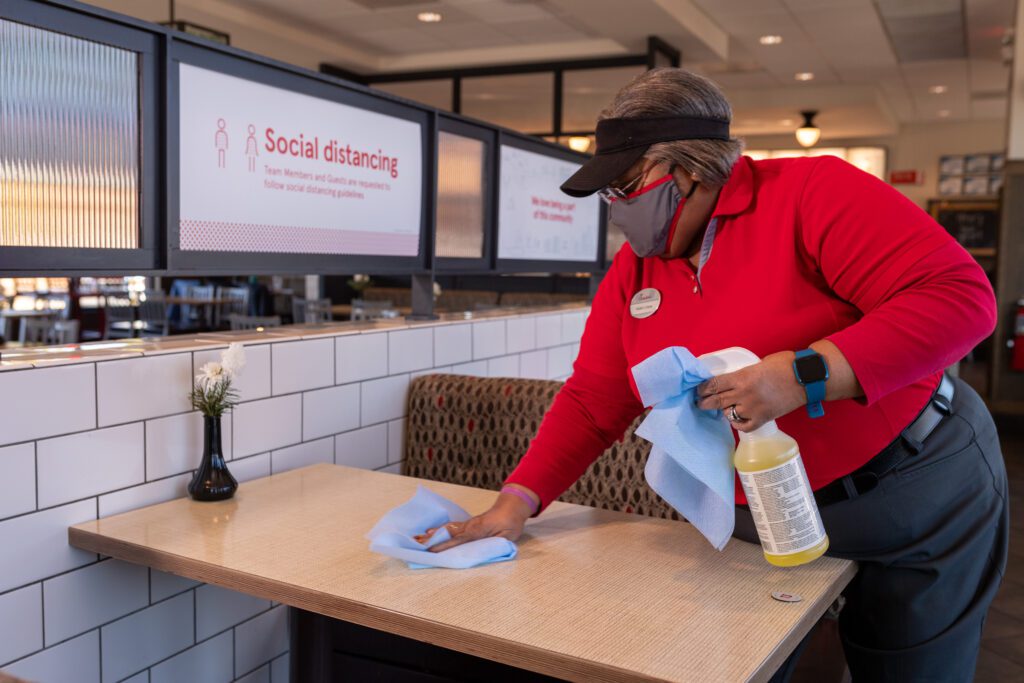
I took a variety of education courses for my master’s degree. I learned during this time why I was often struggling in some subjects. Teachers I had and even my children later didn’t understand the stages of learning.
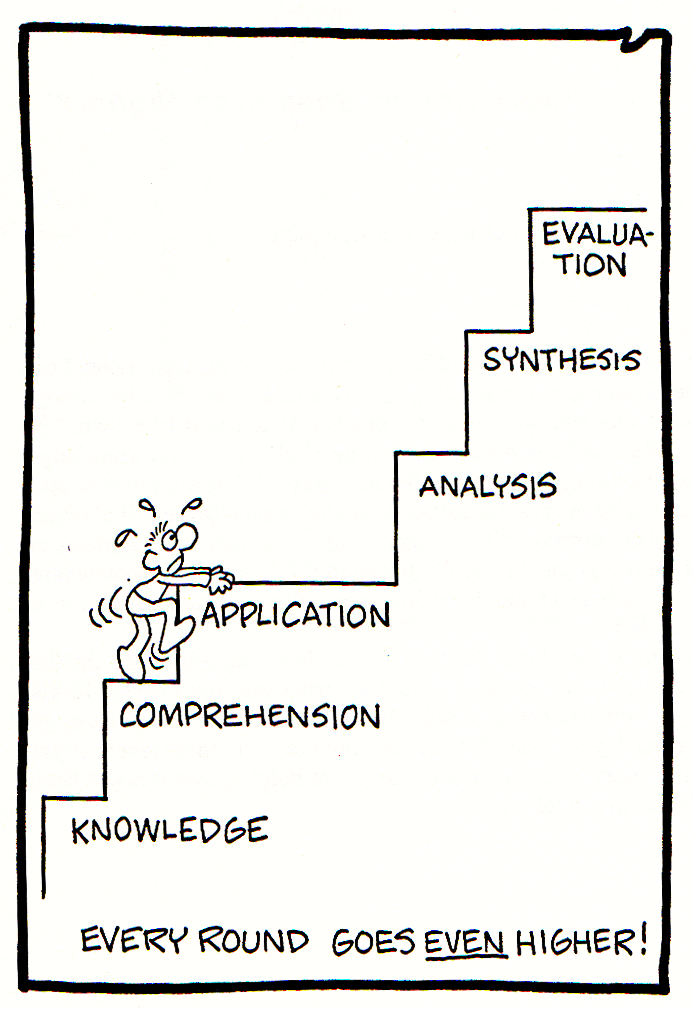
Teachers must teach each step; students often fail if they miss a degree. A great example of this was recent for me. My daughter was upset when her supervisor said she hadn’t cleaned the bathrooms properly. She is starting at an entry-level position in a theater, where you get stuck with janitorial duties.
My daughter started to take photos to show she had done the work. The problem wasn’t that she wasn’t cleaning, but the theater had a particular way they cleaned the bathrooms. The supervisor was grading my daughter on her evaluation level of execution. See the stages above.
The supervisor never told or taught my daughter how to clean the bathrooms but was expecting her to do it.
There are at least two times in training that Show & Tell is used. First, a trainer shows the employee how to do something. Then, the student shows the trainer what they learned by demonstrating it back to the trainer.
Excellent training not just shows but tells why each thing is done. When employees show what they learned, they should also tell the trainer why they do it.
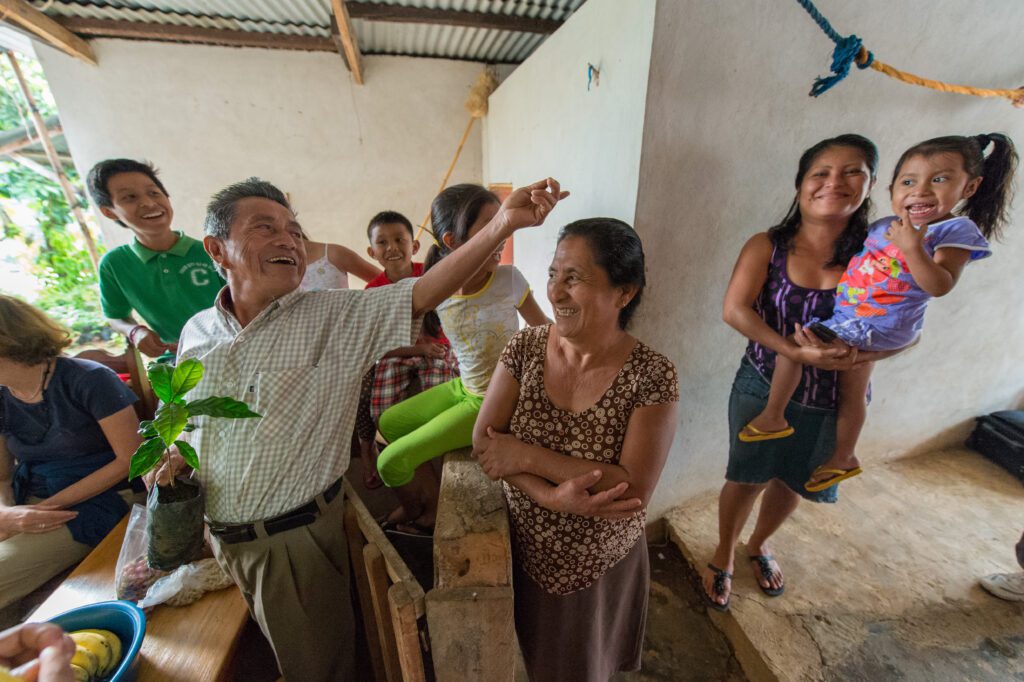
This coffee farmer in Salvador Urbina, Chiapas, Mexico, is showing a tour group from the US a coffee plant and how they grow coffee. Show & Tell, but with a big “Why.”
He is part of a Coffee Farmers Cooperative they formed that helped him from getting only about $30 a bag of coffee to $110 a bag. At $30, they were losing money. His son went to Atlanta, GA, to work on golf courses to send money back home for them to eat and survive. Today this coffee grower was thrilled that his family is back together again. All because they formed a cooperative. They now roast their coffee with the others in the cooperative and sell directly to the customer.
Like Kindergarten, Show & Tell is about sharing what is important to you. It is your passion. To me, this photo of the grandfather shows the coffee plant and how they grow it, ending his presentation about how those on tour are helping his family stay together and thrive in Mexico.
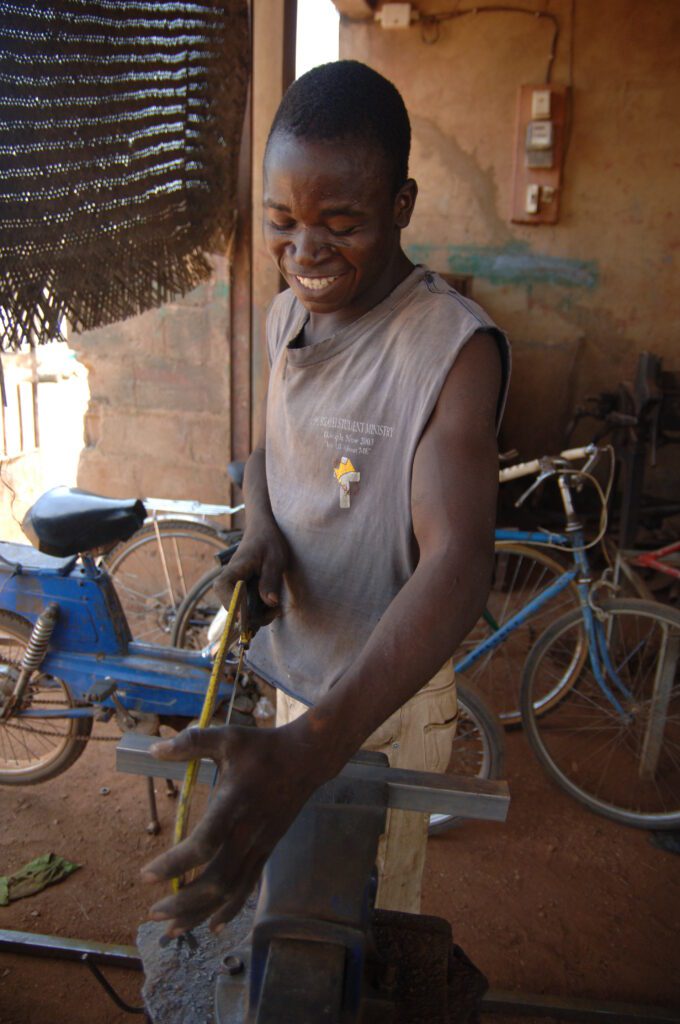
Storytelling is backed up by science
There is a scientific explanation for our love of stories: when we hear a story that resonates with us, our levels of a hormone called oxytocin increase. Oxytocin is a “feel good” hormone.
When we hear facts, it activates the data processing centers in our brains, but when we listen to stories, it activates the sensory centers in our brains.
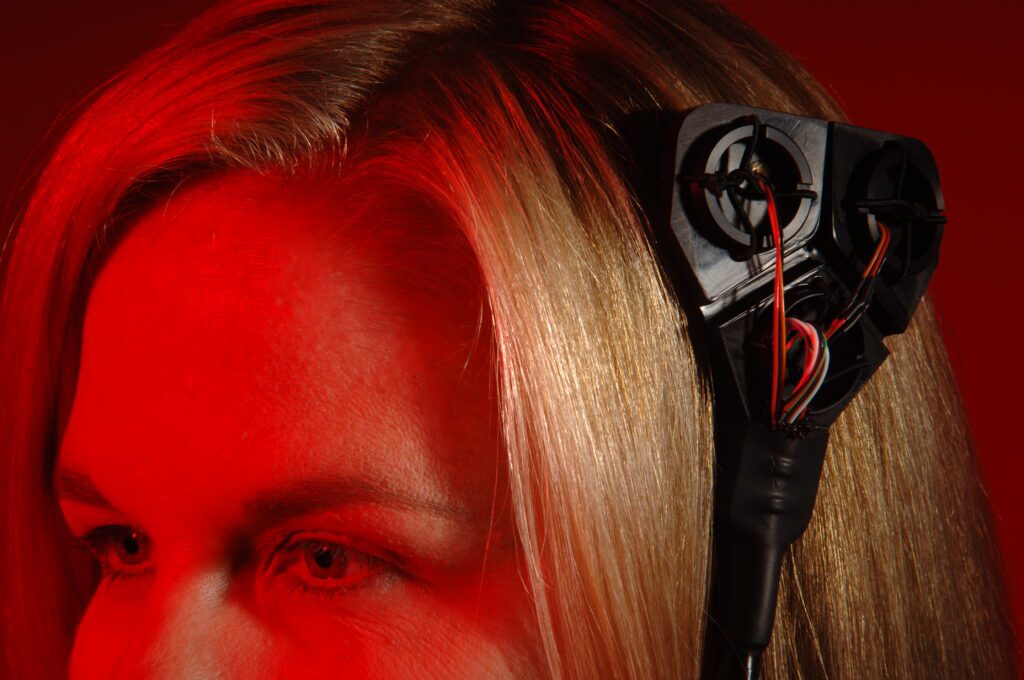
Neuroscientists found that when listening to a well-told story, the same areas of the brain light up on an MRI in both the storyteller and listener. Your brain, as the listener, mirrors the brain of the storyteller.
In other words, when you hear a well-told story, your brain reacts as if you are experiencing it yourself.
Give me a call, and I can help you tell your story. I will help you with the Show & Tell for your business.

